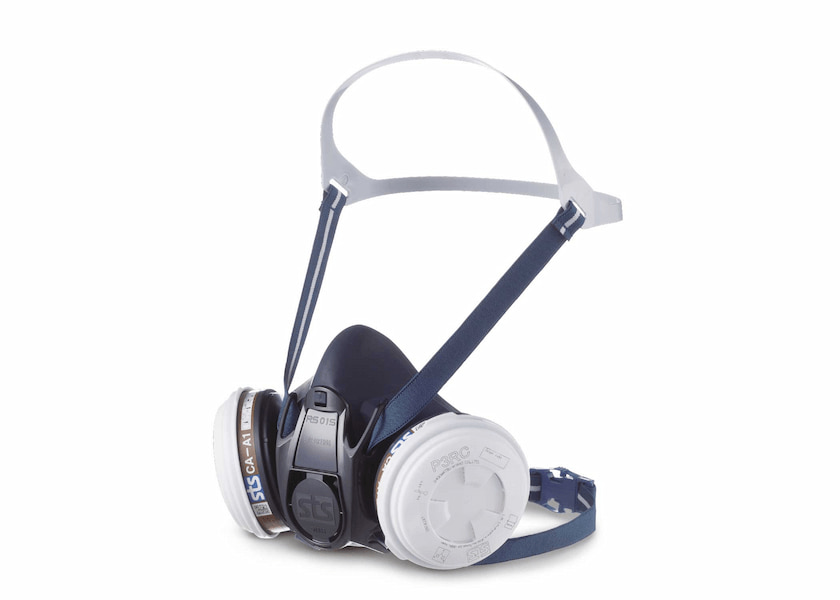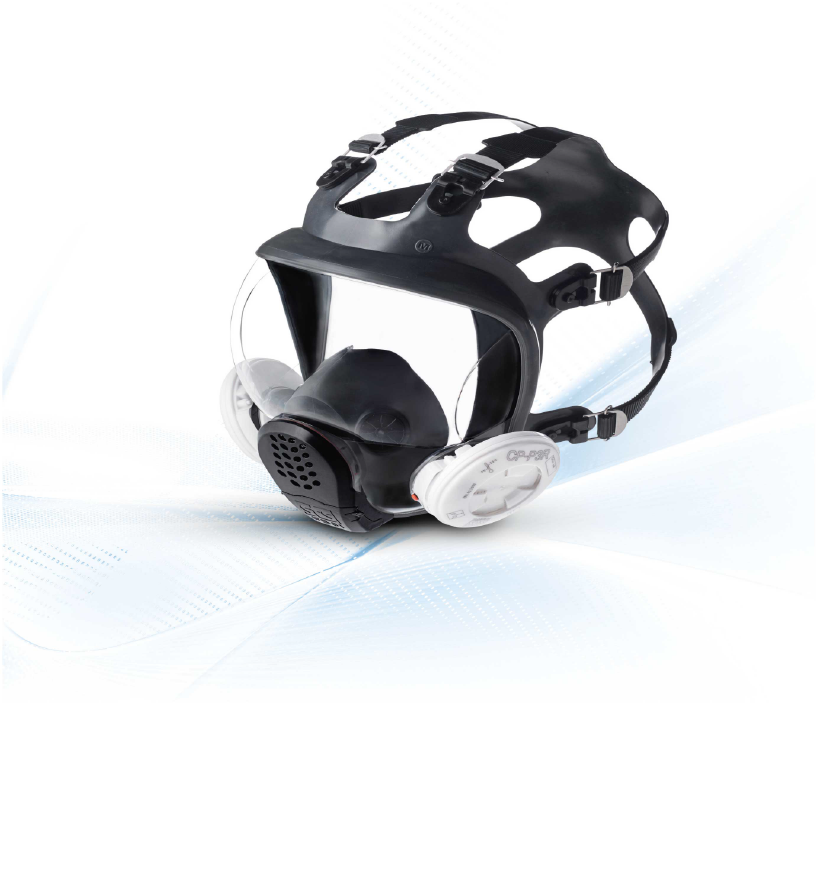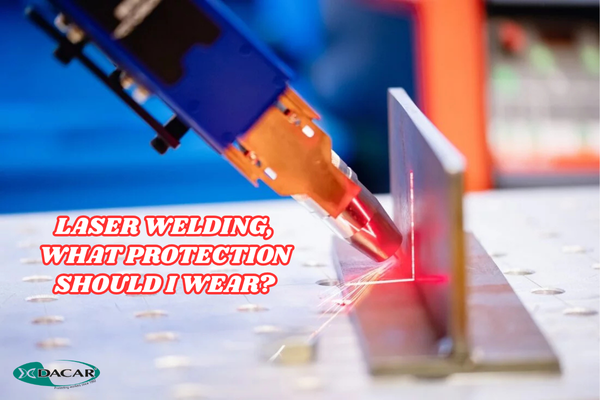Respiratory protective equipment protects our airways from inhaling hazardous fumes suspended in the air or produced by an activity such as the welding process.
Respiratory protective masks
RS01S half mask with a very skin-friendly silicone body for use with two CA series filters (to be ordered separately)
The physical properties of silicone make this model ideal for jobs where there may be radiant heat emissions and / or projections of incandescent particles, such as, for example, during welding or grinding, work in foundries or simply for the most demanding in terms of comfort and quality.
Shigematsu half masks are very compact. Even with 2 P3 fume filters, they fit perfectly inside a welding helmet.
Manufactured in Japan, they are a reference for their durability, comfort and compliance with the most demanding international standards.
The FS01 face mask from Shigematsu is beautifully designed and also provides incredible wearing comfort for this type of product.
Thanks to the off-centre connectors it supports a wide view which is further enhanced by its polycarbonate visor with 3D panoramic curve.
The visor has an anti-fog inner coating and an anti-scratch outer coating for clear vision at all times and for a long time even when used in adverse conditions.
The FS01 full face mask is designed to be worn with a safety helmet. It is equipped with a 6-point attachment clip for quick and easy removal.
The welding process, apart from generating significant emissions of harmful light, as well as projections of molten metal in the form of sparks or specks, involves a high production of toxic fumes. Those welding fumes are also a problem to take into account.
The sharp rise in temperature of welded metals causes part of these metals, in the form of tiny solid particles, to rise and remain suspended in the air, thus forming these toxic fumes. To avoid this circumstance, it is necessary to provide elements intended to eliminate these fumes, always prevailing the collective elements, since the smoke will dissipate in the entire available space affecting all the personnel located in the vicinity of the place where the welding is carried out.
For this, there are several options such as fixed fume extractors or with arms oriented to the weld bead. We remember that for environmental reasons, it will always be advisable (if not mandatory) to use devices that filter the fumes, restoring clean air to the interior of the building itself.
There are also welding torches with built-in smoke extraction devices. However, these torches tend to be heavier and offer less possibility of movement.
However, regardless of the collective measures adopted, we observe that the welder, because his head is very close to the welding point, is almost always exposed to welding fumes. Although the welding helmets will help with a good ergonomic design so that the fumes are derived outside the mouth and nose area, it is clear that, still and everything, it will be necessary to adopt a means of respiratory protection for the welder.
A recent monograph from the International Agency for Research on Cancer, as reported in its newsletter STSU1–2019 February 2019 on its website by the HSE británica, reveals that exposure to welding fumes carries a risk of cancer. The study concludes that there is a direct relationship with lung cancer, without ruling out kidney tumors.
Any exposure, regardless of its duration as there is no minimum exposure limit, requires adequate respiratory protection. They can be through the use of FFP3 masks (standard EN149: 2001 + A1: 2009), half masks with P3 filters (standard EN143: 2001) or motorized positive pressure equipment with PR SL filters (standard EN 12941: 1998 + A1: 2003 + A2: 2008), also bearing in mind that residual smoke after the welding process continues to be a threat and that personnel near the welding station who do not carry out the welding work must also be adequately protected.
Dacar has one of the most complete ranges of respiratory protection equipment against welding fumes, from masks to positive pressure motor-ventilation equipment through equipment with air supply through a compressed air network.
In general, the use of a welding helmet combined with the rise in temperature involved in the welding process makes the use of masks or semi-masks with particle filters not the most comfortable for the welder. They slow down breathing and further increase the heat inside the welding helmet, which leads to greater heat stress and greater fatigue, not to mention the fact that the assigned protection levels are not very high.
It is well known that a poorly fitting mask does not offer all the protection it should. A recent Asepal article warned of the risks derived from poor adjustments of respiratory protection equipment based on leak tests, citing as an example a study carried out by Fremap in 2011, which showed as worrying data that less than 10 % of the study subjects presented a correct fit between the mask and the face, either due to lack of training or due to the use of masks with poor sealing.
Therefore, a very good alternative, both for comfort and effectiveness, is the use of positive pressure motorized equipment that provides filtered air inside the welding helmet creating an overpressure of clean air that prevents the fumes from reaching the mouth and nose area of the operator. These equipments stand out for their great acceptance by welders since they considerably reduce the heat inside the helmet, facilitate breathing and offer unparalleled levels of protection (up to 500 x TLV for TH3 class assemblies according to the EN standard 12941: 1998 + A1: 2003 + A2: 2008.






